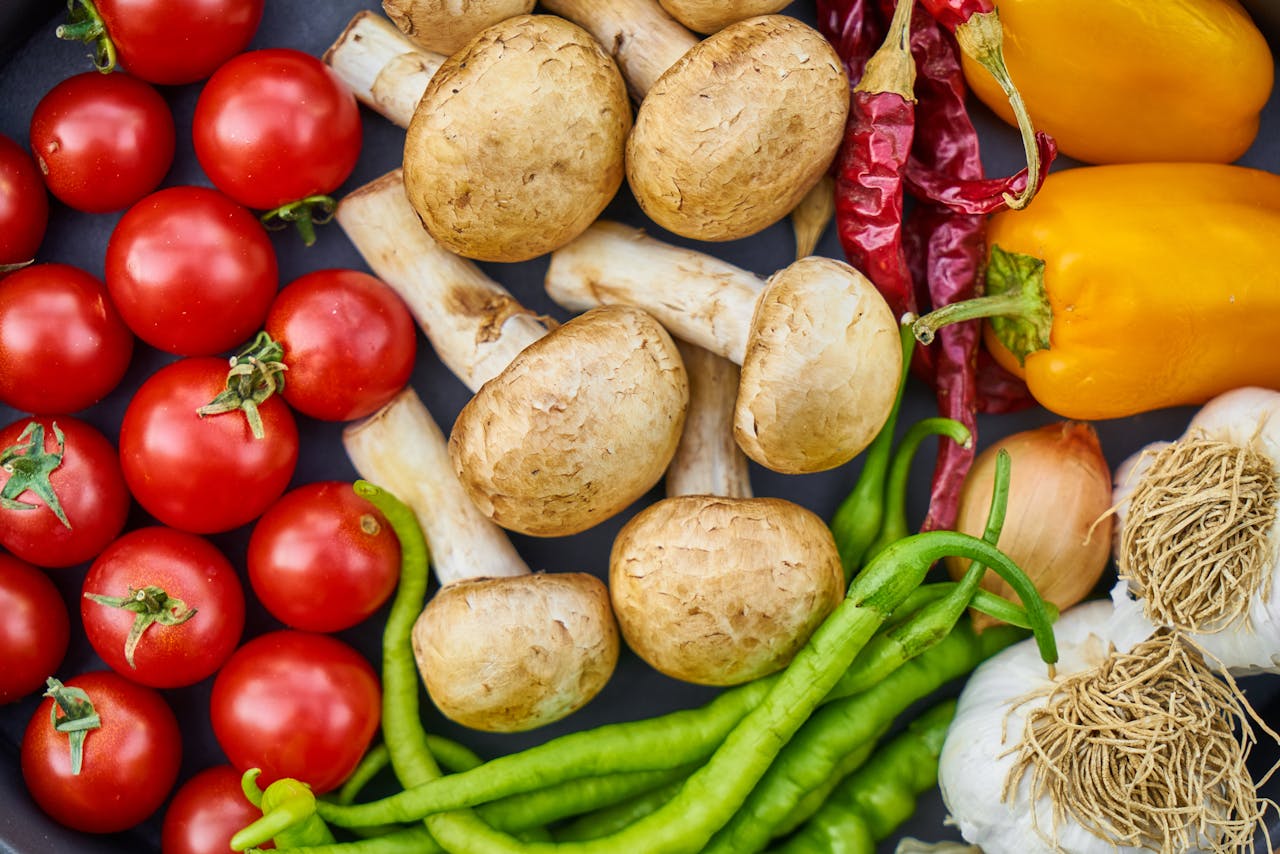Harnessing the Power of Superfoods for Optimal Health
In the quest for better health and wellness, superfoods have emerged as nutritional powerhouses. These foods are packed with vitamins, minerals, antioxidants, and other nutrients that can improve your health, boost energy levels, and help prevent diseases. Let’s explore what makes these foods so “super” and how to incorporate them into your diet.
1. What Are Superfoods?
Superfoods are natural foods that are exceptionally high in nutrients compared to their caloric content. They can help reduce the risk of chronic diseases, improve energy levels, and promote overall health. Popular superfoods include:
- Blueberries: Loaded with antioxidants that combat free radicals.
- Kale: A nutrient-dense green rich in vitamins A, C, and K.
- Chia Seeds: High in omega-3 fatty acids, fiber, and protein.
- Quinoa: A complete protein and a great alternative to refined grains.
- Salmon: Rich in omega-3s and beneficial for heart health.
2. Benefits of Including Superfoods in Your Diet
Adding superfoods to your daily meals can provide a range of health benefits, such as:
- Boosting Immunity: Nutrient-dense foods support the immune system.
- Improving Heart Health: Foods like salmon and nuts help lower bad cholesterol levels.
- Enhancing Brain Function: Superfoods like walnuts and blueberries improve cognitive health.
- Promoting Weight Management: High-fiber foods keep you full longer, reducing cravings.
3. Easy Ways to Incorporate Superfoods into Your Diet
You don’t have to overhaul your diet to include superfoods. Try these simple tips:
- Start Your Day with Smoothies: Blend kale, spinach, chia seeds, and fruits for a nutrient-packed breakfast.
- Snack Smart: Replace chips with nuts or seeds for a healthy snack option.
- Add Variety to Salads: Toss quinoa, avocado, or blueberries into your greens.
- Cook with Healthy Oils: Use extra virgin olive oil for cooking and drizzling over dishes.
4. Superfood Recipes to Try
Here are some easy recipes to get you started:
- Quinoa Salad: Mix cooked quinoa with diced vegetables, a squeeze of lemon, and a drizzle of olive oil.
- Chia Seed Pudding: Soak chia seeds in almond milk overnight, then top with fresh berries and nuts.
- Baked Salmon: Marinate salmon in lemon and garlic, then bake until tender and flaky.
Conclusion
Superfoods are a simple and delicious way to enhance your diet and improve your overall health. Start small by incorporating one or two superfoods into your meals and gradually increase as you discover your favorites. Your body will thank you for the boost in nutrients!

